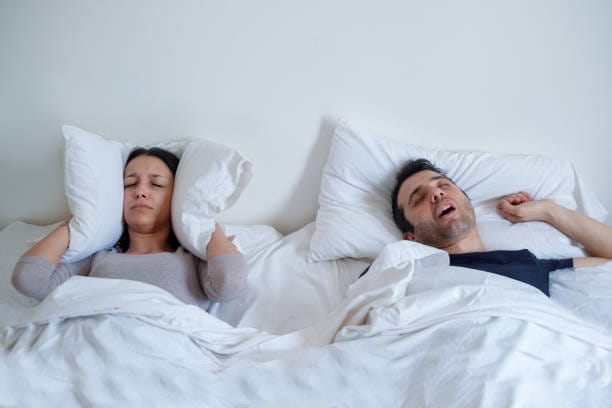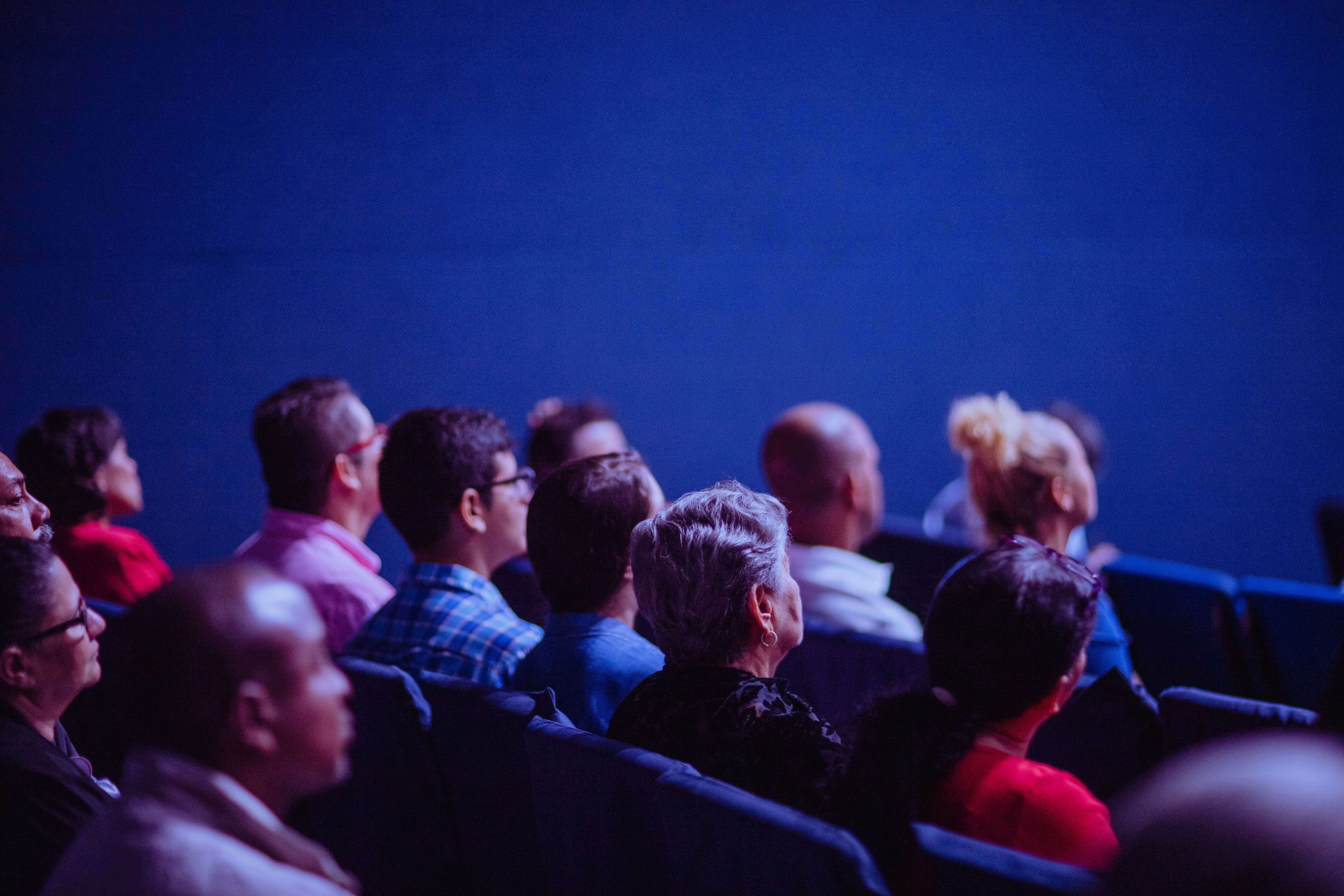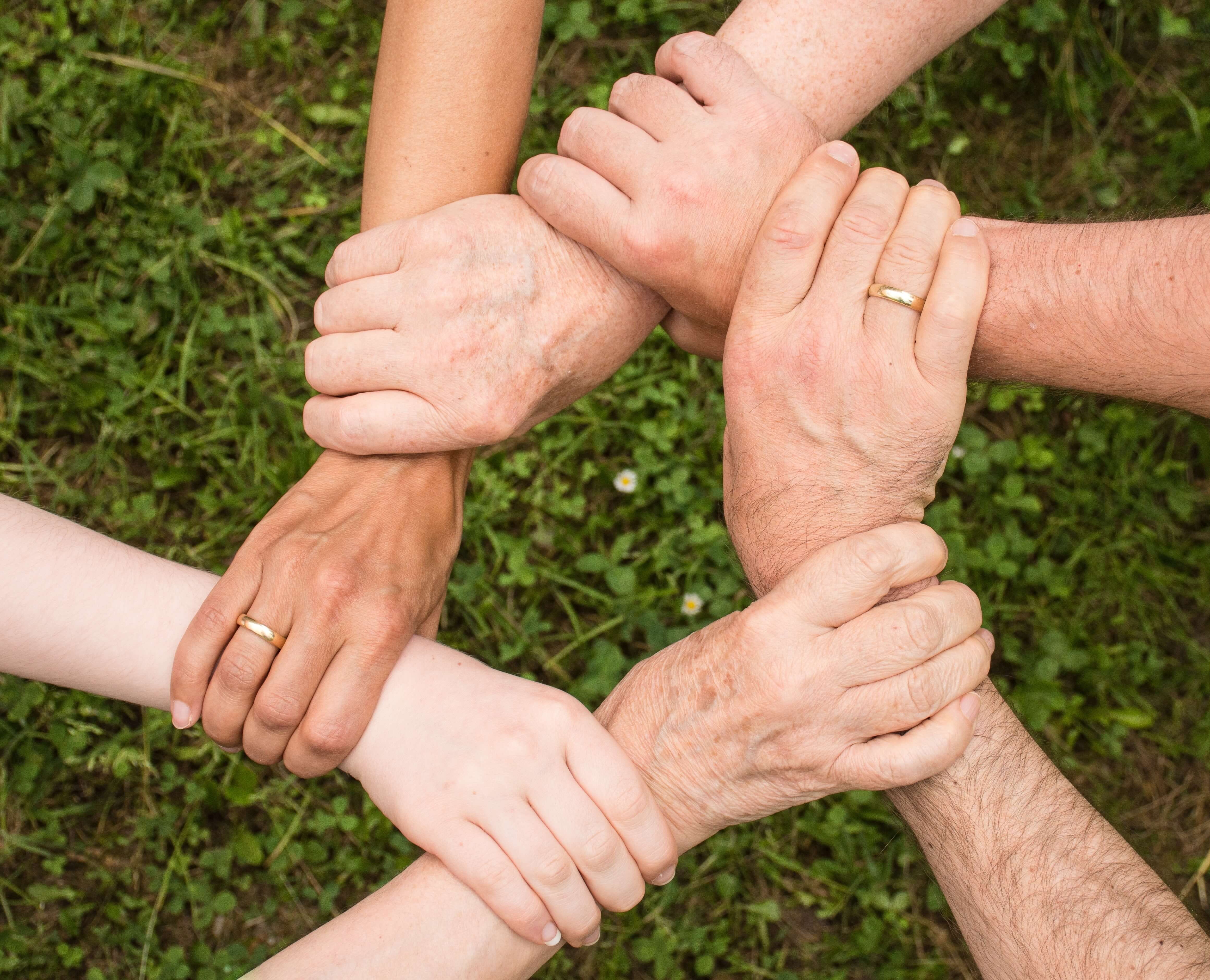We don't particularly love interruptions unless they bring unexpectedly wonderful news. The condition known as obstructive sleep apnea-hypopnea syndrome (OSAS), a severe sleep and respiratory ailment with an unidentified origin, is characterized by breathing that regularly stops and starts while a person is asleep. Your restful night's sleep is lost as a result of disruptions like these, and you can still feel exhausted the next day.

Nearly 10% of women and 25% of men suffer from sleep apnea. People of all ages, including infants and young children, those over 50 and the obese, are more susceptible to sleep apnea. This occurs when your throat muscles relax as you sleep, leading to airway closure as you breathe in. Since you can’t get enough air, lowering your oxygen would briefly lead to rousing from sleep with a snort, gasp, or choke. This pattern can repeat itself five to thirty times or more each hour, all night, impairing your ability to reach deep, restful sleep phases.
Although the exact cause of upper airway collapse is unknown, it is likely complex and involves factors such as obesity, craniofacial alterations, altered upper airway muscle function, pharyngeal neuropathy, and fluid transfer towards the neck.
Obstructive sleep apnea is linked to cardiovascular disease, specifically systemic hypertension, congestive heart failure, cardiac arrhythmias, and depression, according to recent clinical research studies. This is the type that affects the majority of people. Morning headaches, afternoon tiredness, and a decline in cognitive function are possible clinical symptoms. The other type of sleep apnea, known as central sleep apnea, is less frequent and results from faulty brain impulses reaching the neck muscles that regulate breathing.
The primary treatment is continuous positive airway pressure, however, compliance rates are inconsistent and appear to increase with early patient education and assistance. Other therapeutic options include weight loss, oral appliance therapy, and anatomic obstruction correction surgery. In obese patients with obstructive sleep apnea, bariatric surgery can improve sleep metrics and symptoms, and in many cases, it can lead to remission.
Dental appliances that prevent the tongue from obstructing the throat and/or moving the lower jaw forward can be made for patients with sleep apnea. These devices support maintaining an open airway while you sleep. See your dentist for assistance with the oral sleep appliance.
The dentist will take an impression of your teeth and create the device. After which the dentist will contact you to schedule a fitting. You will also be given a morning repositioner to correct your bite when you remove the oral appliance in the morning. You will receive instructions from your dentist on the care of your oral sleep appliance. You might need to return to the dentist for additional personalized modifications to your appliance. It is advisable to take another sleep test after a couple of months to evaluate the effectiveness of the oral sleep appliance.
Oral appliance therapy can improve symptoms of OSAS, including daytime sleepiness, moodiness, and concentration issues. It can reduce or eliminate snoring, and is another option for people who cannot tolerate Continuous Positive Air Pressure (CPAP) therapy.
Sleeping without interruptions is possible again. Reach out to your dentist for an appliance that can help you breathe again.
















CONTACT US